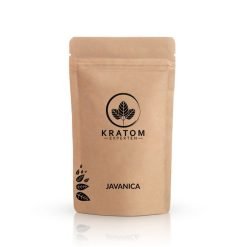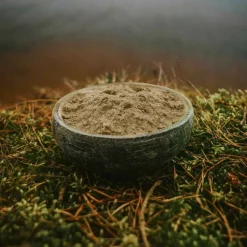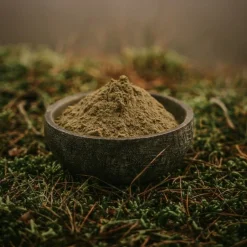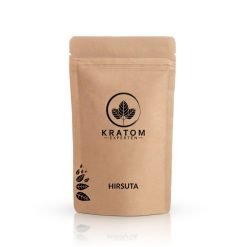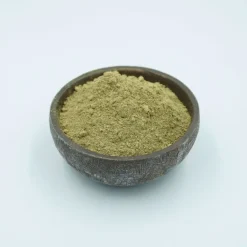Kratom
Exploring Mitragyna javanica
A Subtle Botanical from Southeast Asia
In the world of tropical botany, some plants capture attention with their dramatic size or intense coloration. Others, like Mitragyna javanica plant, impress in quieter, more refined ways.
This tree, native to parts of Southeast Asia, is a close relative of other Mitragyna species, including M. hirsuta and M. speciosa. Though less known, the Mitragyna javanica plant offers its own set of unique characteristics – from delicate leaf structure to its historical role in local plant traditions.
In this article, we’ll take a closer look at this subtle yet fascinating tropical tree.
Where Is Mitragyna javanica Found?
Mitragyna javanica is found mainly in countries like Thailand, Laos, Cambodia, and Vietnam, and is also native to parts of Indonesia (as its name suggests). It typically grows in open woodlands, near forest edges, and sometimes along riverbanks or in disturbed lands where it has room to expand.
It prefers tropical lowland climates and thrives at elevations between 0–400 meters, making it a well-adapted species to environments with seasonal shifts in rainfall and temperature.
Recognizing the Mitragyna javanica Plant
The tree can grow up to 15–20 meters tall and, like other Mitragyna species, develops a symmetrical crown and strong, upright trunk.
Key visual features include:
Leaves: Typically elliptic to obovate, smaller than M. hirsuta – usually 5–14 cm long
Leaf texture: Often glabrous (smooth) with occasional soft hairs along the veins
Flowers: Small, pale green to yellowish, forming round heads around 1.5–2 cm in diameter
Fruit: Tiny capsules containing winged seeds, facilitating wind dispersion
One of the distinguishing traits of M. javanica is the shape and size of the flowering head, which is usually smaller and more compact than its relatives.
Botanical Classification
Kingdom: Plantae
Family: Rubiaceae
Genus: Mitragyna
Species: Mitragyna javanica Koord. & Valeton
Common names: Kra thum na (Thai), Ka tum (Khmer), Thom noi (Isan/Lao dialect)
Cultural Context and Traditional Use
While not as prominently featured as other species, Mitragyna javanica has been recognized in local knowledge systems as part of plant-based cleansing practices, including herbal baths, body washing, and infusions for external use. These preparations often center around the plant’s gentle nature and its aromatic, soothing qualities when infused into warm water.
Such rituals are rooted in tradition and often used for relaxation, spiritual cleansing, or symbolic renewal. The plant’s natural qualities – especially its leaf aroma and lightness – make it suitable for these gentle, grounding experiences.
Ecological Adaptations
Despite its relatively soft appearance, Mitragyna javanica is ecologically resilient. It adapts well to disturbed or secondary environments and is frequently seen growing alongside roads or at the edges of farmlands.
Its smaller leaves help regulate moisture efficiently, and the tree’s overall structure allows for balanced sunlight capture without overexposure. Because of its wide adaptability, M. javanica is considered a low-risk species in terms of conservation – and continues to thrive across much of its native range.

Aesthetic and Botanical Value
The visual appeal of Mitragyna javanica lies in its balance – not too large, not too bold, but consistently elegant. For botanists, its detailed leaf venation and compact floral arrangements provide a study in symmetry and efficiency.
For those interested in botanical design, herbal traditions, or plant-based skincare, M. javanica offers a mild, skin-friendly character and is often chosen for scrubs, masks, and ritualistic use – all for external application and sensory engagement.
Sustainability and Ethical Sourcing
As with all botanicals, sustainability matters. Because Mitragyna javanica grows well in secondary forests and is not considered endangered, it is an ideal species for ethical harvesting and responsible cultivation.
Still, it’s important to source from growers and suppliers who understand the plant’s cultural and ecological role, and who work in alignment with local communities and environmental guidelines.
Final Thoughts
Though often overlooked, the Mitragyna javanica plant holds quiet strength and grace. From its gentle leaves to its cultural significance in Southeast Asia, this tree offers much to those willing to look a little closer.
Whether you’re a student of botany, a nature-inspired formulator, or simply curious about the lesser-known members of the Mitragyna genus, javanica is a worthy addition to your journey.


